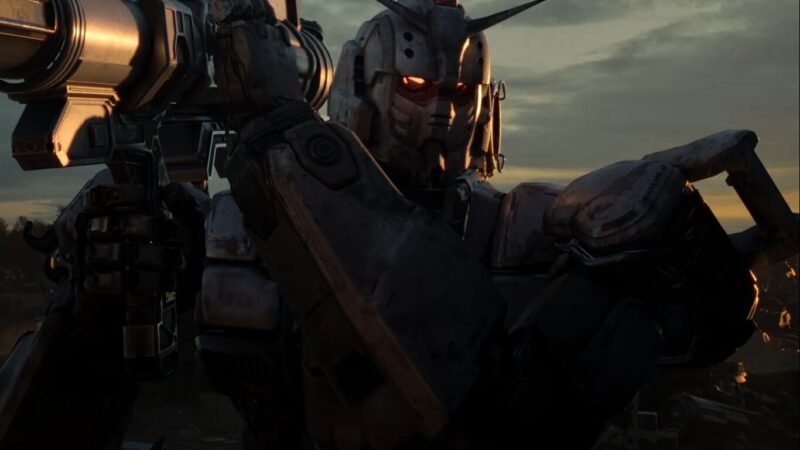
Gundam: Requiem for Vengeance is a pure 3D computer-generated short series which takes the perspective of the “villains” of Gundam. The story follows Iria Solari, of the Zeon people, as she tries to survive against the Earth Federation Force and their new wonder-weapon, the Gundam. The Gundam series likes to play with the grayness of war, the fact no one is really a hero nor a villain. But normally the story takes the perspective of the pilot of the Gundam instead of the opposite perspective. Requiem‘s exploration of this perspective, of the cannon-fodder, proves interesting, but the animation hurts the effort.
Iria is a former concert violinist whose husband is killed in an air raid shortly before we encounter her. She carries a pocket watch which contains a photo of her family and of their happier times. As a leader of the Red Wolves, a mobile-suit squad, she has to endure the helplessness of watching the new Gundam annihilating her teammates. The rest of the story focuses on her and the rest of the Zeon troops trying to make an organized retreat to their escape spacecraft. They were winning before the Gundam appeared. Iria joins a mission to try to capture a few of the new Gundam-class mobile suits as their forces retreat. The Zeon need one to reverse engineer. Over the course of the retreat, she does all she can to protect the fellow Zeons she gathers.
The story treats the Gundam similar to a kaiju like Godzilla. The Gundam proves nearly unstoppable for the Zeon’s mobile suits and tanks. It looms over the trees and burned out buildings, stalking Iria and her group relentlessly. There’s little they can do to slow it down. Many scenes with the Gundam are taken straight out of Godzilla films with the lighting and framing techniques. The kaiju treatment of the Gundam is where Requiem shines. Usually Gundam and mobile suits aren’t treated this way in the cell-animations of Gundam. Gundman are large, but their bright designs don’t make them kaiju-style menacing. The Gundam feels heavy and menacing, yet agile compared to the Zeon’s chunky and even slower mobile suits. The weight and lumbering nature of the mobile suits adds solidity. The suits also show the signs of war: dirt, scratches, and burns. The Zeon suits prove interesting with their junkyard, cobbled-together nature, especially the suits Iria ends up piloting which are made entirely of scrap.
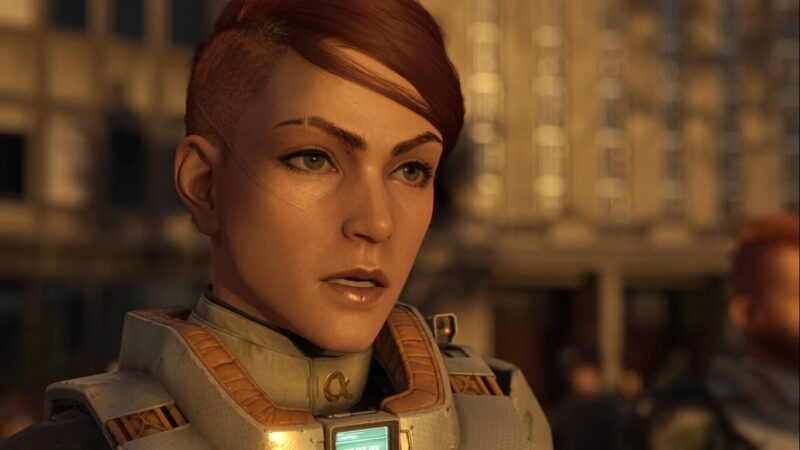
I have a bachelor degree in computer animation, earned all the way back in 2005. Now, for perspective, in those days it took more than 30 computers all weekend to render a few frames of a standard-definition ray-traced scene. In those days Final Fantasy Spirits Within wowed us. Requiem, though dirtier, doesn’t look that much better than those days. Granted, it’s budget is no doubt much less. The old me would’ve geeked out over Requiem, and don’t get me wrong, the animation is a technical marvel despite its problems. I specialized in character modeling and rigging (preparing the model for animation using various mathematical movement systems). I experienced just how hard it is to get a character to look and move convincingly. Of course, “back in my day” I had a limited polygon budget. This is back when a video game character with 1,500 polygons was a lavish budget. Forget about the millions of polygons designers enjoy today. But over the years, I’ve stopped enjoying realistic 3D animation. I’m still impressed by it, but it remains stuck in the uncanny valley all of us animation students wrestled with all those years ago. Video games, however, have made great strides in escaping that valley, which is what makes Requiem and animations like it disappointing.
Iria and the other characters have times when they look good. Usually, they look at their best when they are coated with grime and sweat and lit with limited light sources. Diffused daylight-temperature lights turn the characters into 3D rendered dolls, placing them in the uncanny valley. The uncanny valley describes the area of discomfort objects like dolls, mannequins, and computer-generated characters sit when they look realistic but something remains wrong with them. They not realistic enough or, more often, too realistic. Requiem‘s sweat and grime provide amazing textures on the characters. If you look close enough, the sweat even runs in rivulets in some scenes, but when the lighting is too bright or has too much contrast, the sweat adds too much specularity–how light reflects and moves across a surface–to the skin, turning it plastic. Because Gundam stories focus on the characters’ experiences of war, the uncanny valley distracts from the story.
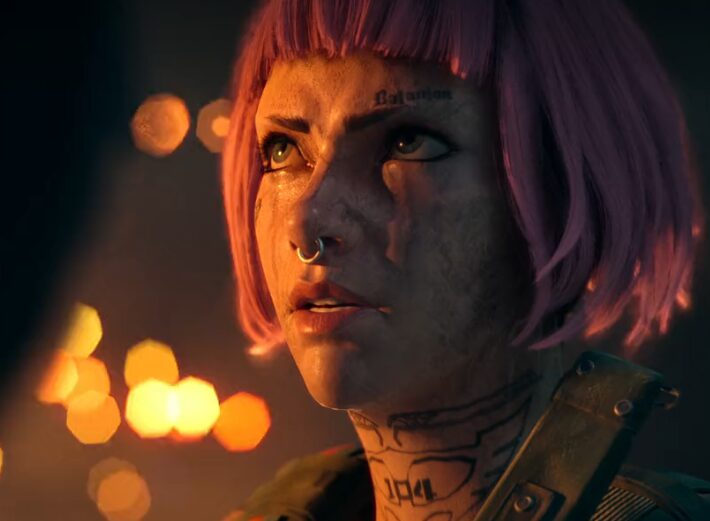
However, the mobile suits look convincing. 3D animation can render artificial, metal objects convincingly because there’s no uncanny valley to contend with. The mobile suits sometimes move a bit too slowly, but they are supposed to be heavy and plodding. They show the scars of battle, the grime, cuts, and burns, which lend believability and create some interesting lighting effects from the fires which surround them. The use of darkness is also well done compared to some recent Godzilla films. Many kaiju films use too much darkness, to the point where you can’t see anything unless you have an HDR television. You have to see the kaiju to feel its menace! When the Gundam appears out of the darkness, you can see it well with the darkness adding to its terror. The messiness of the environment also works well, with burned out debris contrasting against nature, but all of this makes the characters stand out more as out-of-place dolls moving in a meticulously detailed diorama. The lighting which works for the mobile suits sometimes hurts the characters. The surface characteristics of skin and metal are too different for a single lighting system to work well, but if you light these objects too differently, the scene will look disjointed and wrong. Lighting can ruin a scene.
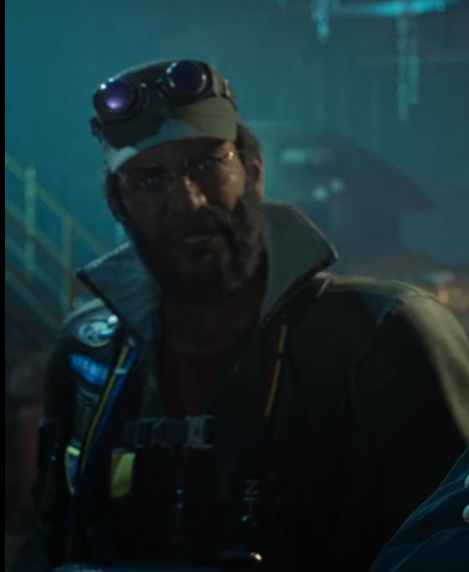
As you can tell, I watched Gundam: Requiem for Vengeance with more concern with its animation than for its story. Over the years, I’ve come to prefer 2D cell animation over 3D computer animation. Granted, 2D cell animation are computer-assisted and largely digitally drawn. 2D animation software handles tweens, the frames between major points of motion, well. This gives animators more freedom to focus on layering motion. This used to be the major benefit of 3D animation. A rigged character could tween among keyframes or even follow a spline motion curve or walking sequence, freeing you from dealing with all the details which give the animation character. 2D animation, at least back then, still required you to draw the majority of the tweens, and this dominated your time. When you have a few weeks to produce an assigned animation, tweens can be a nightmare! 3D animation helped speed up this process. But now that 2D cell animation software can do the same, my opinions about animation have also changed. There’s not that much advantage to using 3D suites, and 2D offers more charm and longevity. Realistic 3D graphics age poorly with a few exceptions; although, we might be hitting a point where this no longer applies in video games. The Legend of Zelda Wind Waker, for example. still looks good with its cell-shaded, cartoony graphics. The game released back in 2002 and 2003, when I was in the midst of my realistic 3D graphics chase as a student. If Requiem had released back then, I would’ve been all over it, mesmerized by it as I had been with Spirits Within. But now, not so much. Requiem would’ve been better as a 2D cell animation, especially now that 2D tools streamline the process. 3D animation works best for cartoons, fantasy, and supplementing live action. It works fine in video games too. But it doesn’t work well as a realistic-aimed anime. When poorly combined with 2D animation, 3D animation pulls you out of the story. I groan or laugh when studios cut corners with 3D animation which isn’t properly integrated or blended into the color scheme and style. 3D has its place, but it is hard to do well.
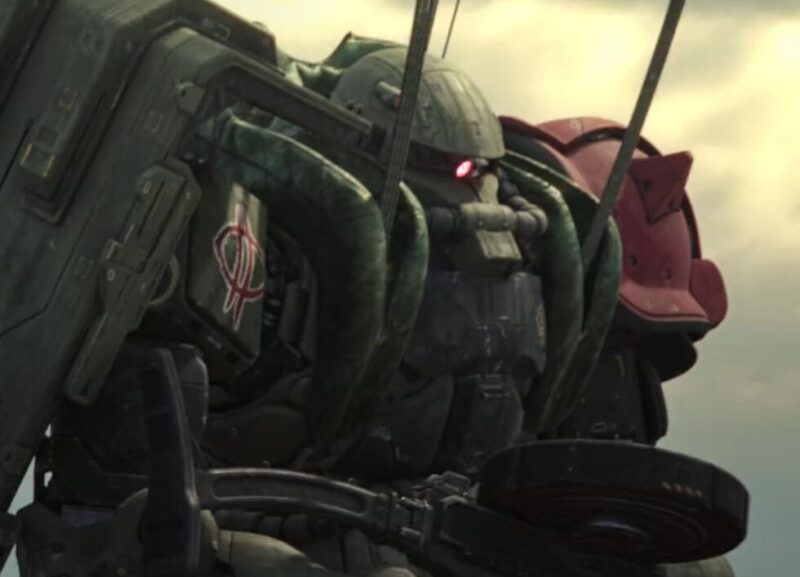
Gundam: Requiem for Vengeance is an interesting 3D experiment, but it can’t be seen as much else. It has some interesting post-processing and still made the old 3D animation student in me geek out, wanting to see their rigging systems and UV texture maps. I can’t criticize the studio’s skill. Their abilities far outstrip anything we were doing back in the day. A lot of time and effort was put into Requiem. But nowadays, I prefer 2D’s look, flow, and avoidance of the uncanny valley.
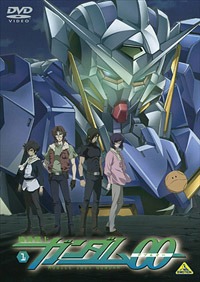

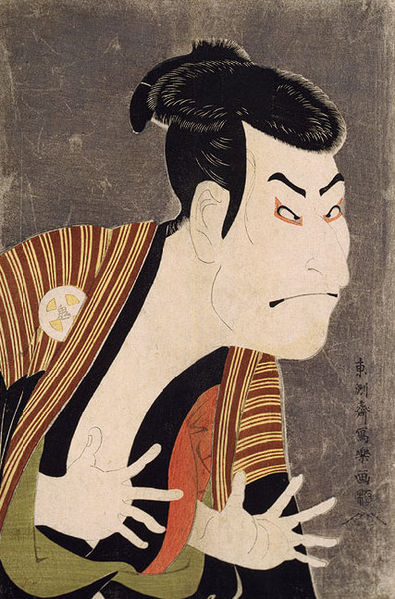
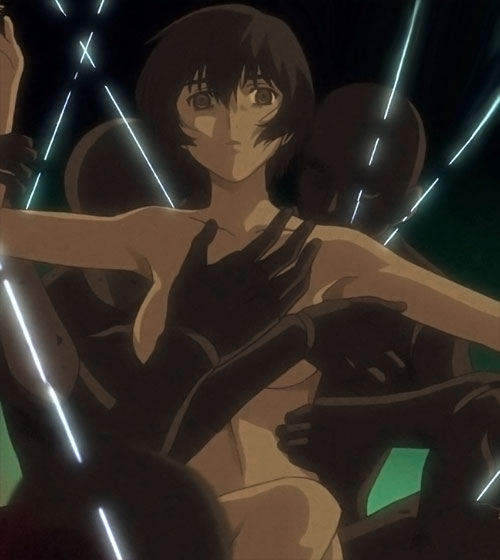
Someone recently noted an irony that caused me to watch about an hour of the most ludicrous anime that I’ve ever seen (not that I’ve seen much). ガールズ & パンツァー… Gāruzu & Pantsā. Regardless, it had me frequently laughing at the depictions of stereotypes, as well as noting the not-so-subtle Japanese social references (disowned by a tiger-mom, hopeless ganbaru, status drinking…). And the stories were apparently written by students of 20th-century war history. It was surprisingly entertaining, if utterly ridiculous.
The reason I mention this is that it occurred to me that it only worked because of the character graphic style (“moe”?) and expression. Had the character animation been more realistic, the mechanical violence, which was fairly realistically depicted, would have entirely changed the dynamic into something far darker, and I believe less entertaining. In that regard, I recall once wondering if the more realistically animated, probably CGI-generated sequence during the opening of Ghost in the Shell might have been a better way to have animated the series. But in retrospect, it may simply have put the characters into that uncanny valley. It seems the emotional distance provided by some not-so-realistic animation allows a safe space for what might otherwise be little more than disturbing subject matter.
It is strange how less realism can actually be more realistic. There’s something about exaggerated art styles that allows us to connect more to characters than photo-realistic efforts can. Satire and social commentary, especially, benefit from a little distance from reality. Gundam has some deep commentary about war and suffering it causes, but a gritty ultra-realistic take seems to work against its messages rather than for it. Ghost in the Shell’s naturalistic, but still exaggerated, style allows it to tell its dark stories as you say. A little distance is good. Perhaps the best example of this idea is South Park when it comes to social commentary and satire.